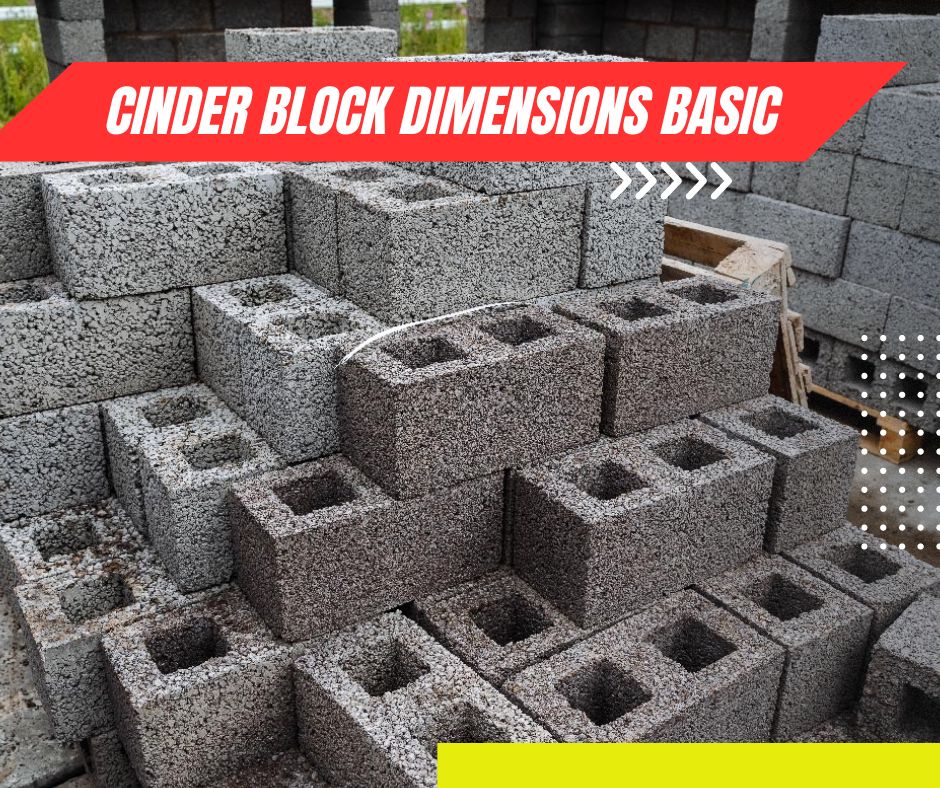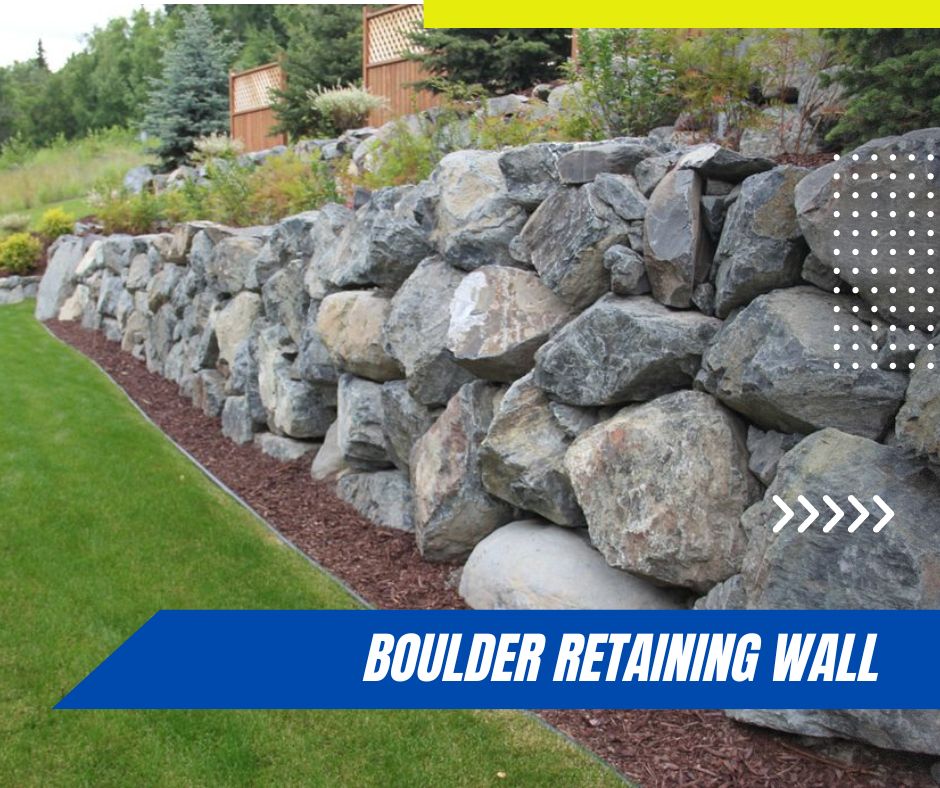Every builder and DIY enthusiast should be familiar with cinder block dimensions since they are a crucial component of building. These adaptable building materials have been employed in a wide range of construction projects for. Ranging from straightforward garden walls to multi-story commercial structures.
The size of cinder blocks is an important aspect that impacts their structural soundness, ease of handling and transportation. It’s also checks for suitability for use in various building projects.

What Are Cinder Block Dimensions?
Cinder bricks often come in uniform sizes. There are exclusions for extra-large cinder blocks, square cinder blocks, and cinder blocks used as pavers.
The measurements of cinder blocks that are sold most frequently are 8 inches by 8 inches by 16 inches. Most construction supply stores carry this size, which is also the industry standard.
The most common cinder block dimensions in the market are 8 inches by 8 inches by 16 inches. This size is the industry standard and is widely available at most construction supply stores.
Use of Various Cinder Blocks
The 8-inch width is suitable for creating sturdy walls, while the 16-inch length makes it easier to handle and transport. These blocks are typically made of concrete and weigh around 35 pounds each.
However, there are other sizes available, depending on the project’s requirements. Smaller sizes such as 4 inches by 8 inches by 16 inches or 6 inches by 8 inches by 16 inches are ideal for building non-load bearing walls, such as flower beds or small retaining walls. Builders can also order custom-sized cinder blocks to accommodate unique construction projects.
Cinder block dimensions are also critical for creating structural designs that comply with building codes. For instance, building codes in some states dictate that every cinder block used in a construction project should support at least 3,000 pounds of pressure.
This means that builders must choose the right size of cinder block that can withstand the pressure that the structures will be subjected to. Knowing the standard sizes of cinder blocks will enable builders to make informed decisions on the type of blocks they need to buy for their projects.
Cinder Block Ideas
Cinder block dimensions are a crucial aspect of construction that every builder needs to understand. The right size and shape of cinder block will ultimately determine the structural integrity of the project, making it essential to choose the appropriate size for the job.
Whether building a simple or complex structure, choosing the right block size will save time, money, and prevent accidents on the construction site.
You may also mix and match cinder block sizes for a single project, such as creating a new shelf or an outdoor seat. Furthermore, the various shapes and proportions of these construction blocks might serve as inspiration for new building concepts.
Let your imagination to run wild and experiment with different cinder block diameters in your construction projects. Take care, and we’ll see you again soon.
